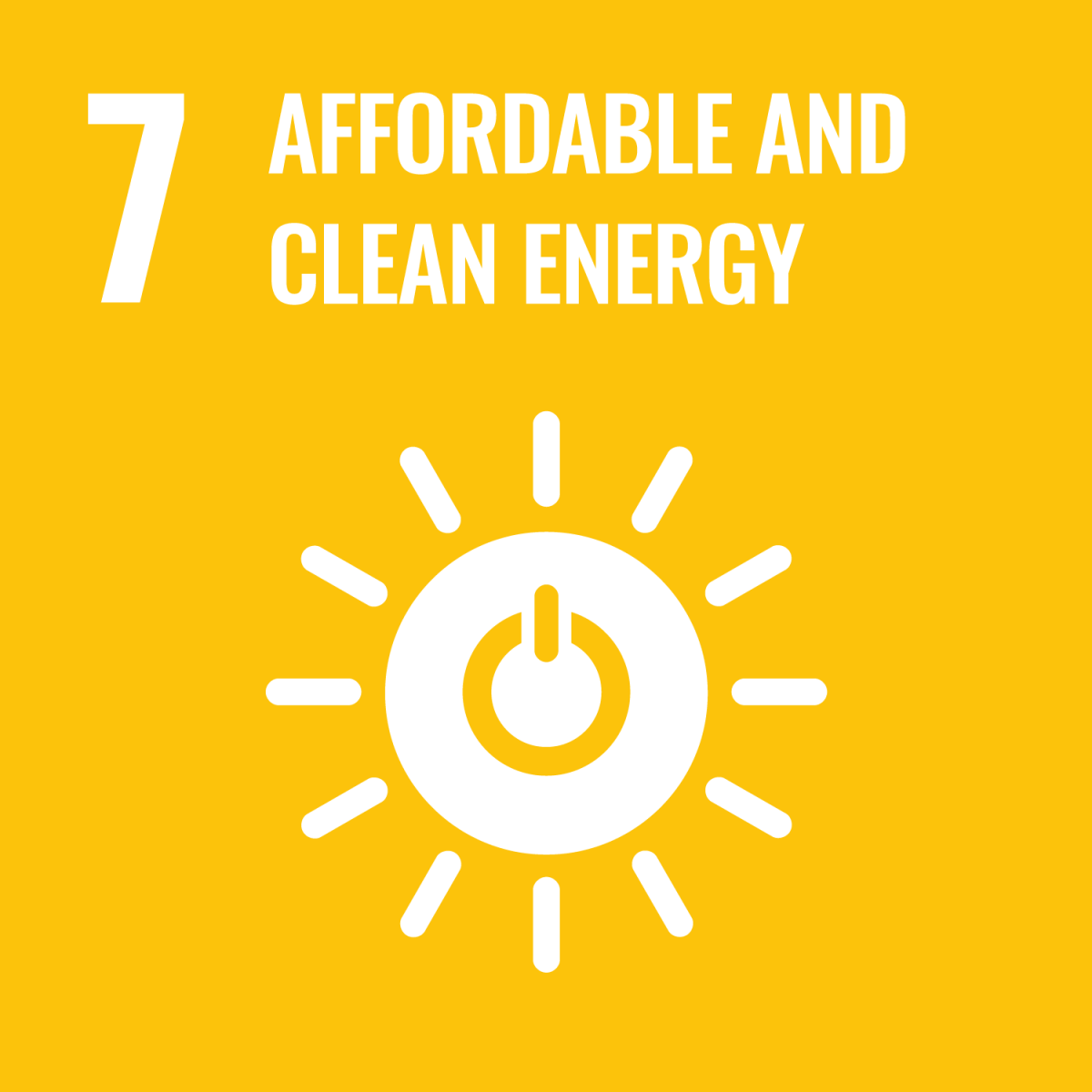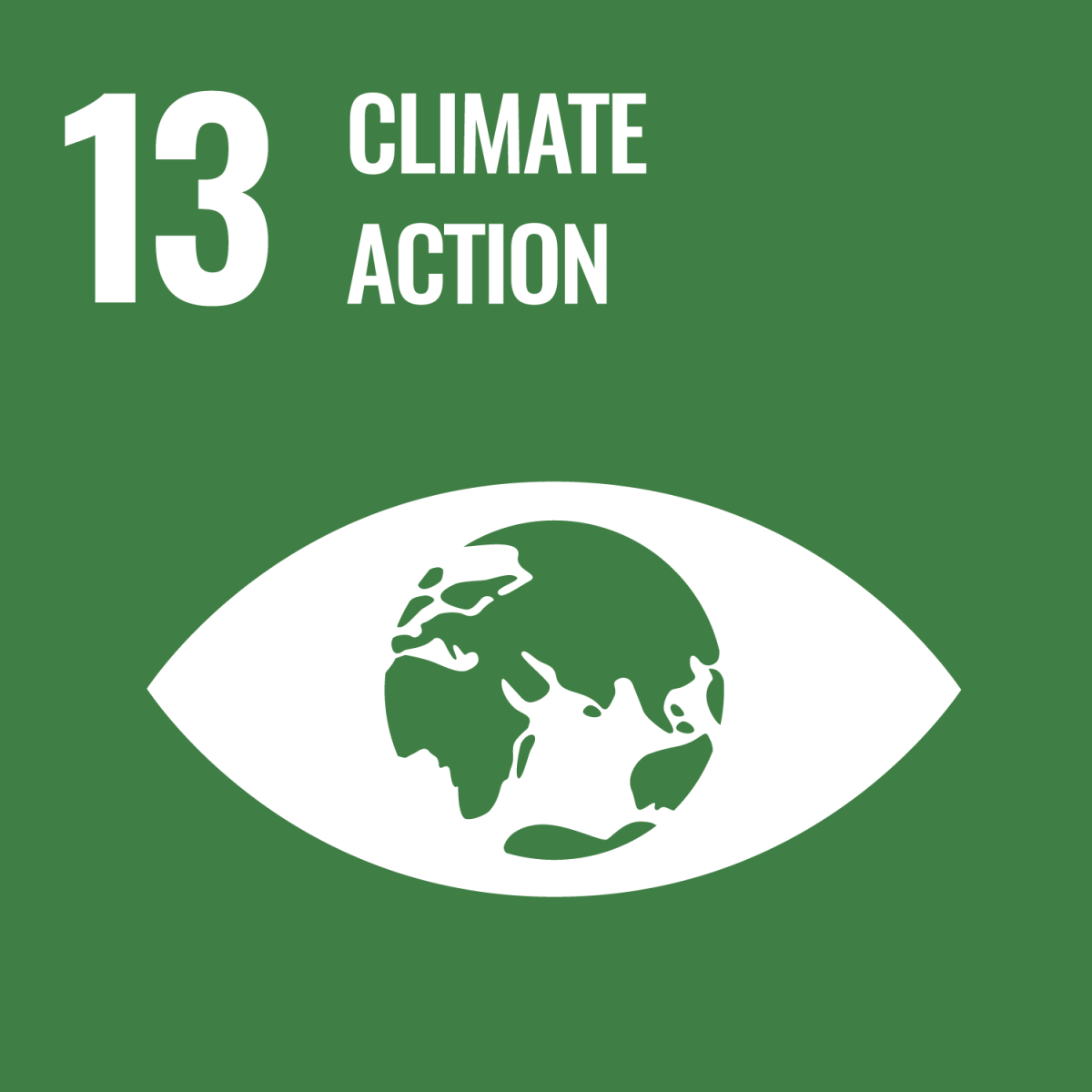Bringing Paris into the EU's Energy Infrastructure Policy: What Future for Gas?
Bringing Paris into the EU’s Energy Infrastructure Policy: What Future for Gas?
Marco Giuli*
An energy system serving climate neutrality, such as the one envisaged by the EU Green Deal promoted by the von der Leyen Commission,[1] requires significant infrastructural upgrades. The European Commission estimated that the average annual supply side investment between 2031–2050 should range between 90 and 130 billion euro on top of baseline investments for power grids, power plants, boilers and new fuels, in order to comply with the Paris Agreement’s target of limiting global warming to 1.5C.[2]
The lynchpin of the EU’s energy infrastructure policy is the Trans-European Network-Energy (TEN-E) framework, launched back in the 1990s and periodically revised. Originally aimed at ending physical fragmentation in the single market for gas and electricity, the TEN-E framework became in the 2000s a key instrument to strengthen resilience to external supply shocks and build opportunities for the diversification of gas imports.
Aside from certifying the bloc’s political support for energy projects, the selection of certain infrastructure projects under such a framework (Projects of Common Interest – PCI) allows the fast-tracking of certain initiatives and access to EU co-financing by way of budgetary instruments such as the Connecting Europe Facility.
Such framework, however, is in need of revision as key contextual aspects of the EU’s energy infrastructure policy such as climate priorities, technology and energy security have significantly changed over the last decade.
First, getting the EU’s infrastructure policy in line with the climate neutrality target for 2050 requires deeper scrutiny of the prominent role that natural gas has been playing in such a framework. While the European Investment Bank adopted a commitment in its energy lending policy to phase out support for fossil fuels by 2021, the fourth PCI list adopted by the EU in 2019[3] still includes a large number of natural gas supporting infrastructure, including significant import facilities.
As the cleanest fossil fuel, natural gas has long been regarded as an asset for the energy transition, as it can ensure stability in power generation needed to support the rise of intermittent renewables in Europe’s energy mix. Although gas combustion releases carbon dioxide, the most advanced gas power plants are up to 60 per cent less emissive than coal plants. The expansion of gas consumption and related infrastructure has therefore been considered in line with medium-term climate objectives.
Expansionary investments in natural gas infrastructure are not necessarily in line with demand trajectories in the long term, however. Demand is expected to fall from the current 23.3 per cent of the EU primary energy consumption to 3–15 per cent of the energy mix in 2050 according to scenarios developed by different institutions.[4] In all cases, a more or less severe imbalance between climate objectives and a relatively “young” natural gas infrastructure – with an ability to import between 600 and 800 bcm/year in the 2030–2050 timeframe – raises the risk of carbon lock-in or asset stranding when a long-term perspective is adopted.
Carbon lock-in refers to an emission inertia resulting from the high-carbon infrastructures’ ability to entrench a wide set of material interests, norms and beliefs around continued usage of fossil fuels. Stranded assets refer to energy assets that undergo anticipated write-downs, devaluation or conversion into liabilities as a result of a mandated decarbonisation of the economy. This implies risks for EU taxpayers and consumers, depending on what group will end up being charged with the asset stranding’s associated costs.
All in all, more integration of long-term decarbonisation objectives in the EU’s energy infrastructure policy is needed. An infrastructure’s eligibility for EU support should be based on its compatibility with long-term climate neutrality to mitigate the risk of carbon lock-ins or asset stranding. Developing eligibility criteria on the basis of 2050 climate targets should be accompanied by a more active involvement of internal and external climate stakeholders in the procedural elements of the EU’s infrastructural policy.
Second, beside adjusting to the Paris Agreement targets, the EU’s future infrastructure policy should also catch up with current technological availabilities and potential, especially when it comes to power-to-gas and other renewable/decarbonised gas technologies. These technologies could play a relevant role in the decarbonisation of hard-to-abate sectors such as steel, chemicals and e-fuels, or maritime and heavy-duty road transport.
In addition, coupling electricity and gas grids to accommodate the penetration of power-to-gas technologies can provide valuable flexibility, stability, transport and storage capacity to the energy system. As such, there is a strong rationale for infrastructure policy to help the uptake of these technologies, acting as a driver for low-carbon innovation.
Adopting a necessary long-term perspective, however, requires an acknowledgement that the carbon neutrality of alternative gas relies on certain conditions. Hydrogen produced via electrolysis – or “green” hydrogen, which amounts today to just 4 per cent of global hydrogen production – would be fully coherent with deep decarbonisation pathways only at the condition that its production is fuelled by renewable electricity. In turn, it would provide additional service to the energy system acting as a storage and carrier of electricity, which would be especially important for a future renewables-dominated energy mix.
Most of the hydrogen produced today (95 per cent) results from carbon-emitting processes such as steam methane reforming, methane oxidation or coal gasification routes. These technologies imply carbon emissions unless they are combined with carbon capture and storage (CCS). Although CCS continues to feature as an essential component of deep decarbonisation scenarios[5] – especially when it comes to hard-to-abate sectors with large scale and a centralised emission point – its uptake has so far been crippled by a combination of insufficient carbon pricing signals, lack of easily available storage space and acceptability issues.
Biogas and biomethane – which would have the advantage of requiring no infrastructural refurbishment – would require strict sustainability standards to ensure compatibility with net zero emissions, while the methanation of hydrogen through the injection of carbon dioxide would require stored CO2 at the source and imply its release at combustion stage.
Such differentiation should provide guidance for a Paris-proof policy on energy infrastructure. Considering what is likely to be a limited availability of renewable gas (constrained by i.e. available electrolysers, carbon storage sites, waste or other feedstock availability for biogas/biomethane), infrastructure support policies should be designed around the needs of high-value industrial clusters where emissions are difficult to abate.
The development of alternative gas infrastructure – integrated to an industrial policy supporting the uptake of these technologies – would be essential especially in light of the international competition to which energy-intensive industries are subject. As such, access to these alternative feedstocks should not be constrained by rival use in non-tradable sectors – i.e. residential and transport – where alternatives such as efficiency and electrification are available and can more easily take emissions to net zero. Interesting guidance comes from the recent German hydrogen strategy, that gives priority to areas of transport and industry where the use of hydrogen is already nearing profitability, is unlikely to create path dependencies and where there is no alternative technology to achieve deep decarbonisation.
Finally, a third point pertains to the role of infrastructure policy in the EU’s efforts to improve energy security. Even if the expansion of natural gas infrastructure would not be in line with commercial or sustainability factors, one could argue that integrating climate considerations should not detract from other important objectives – such as ensuring availability and accessibility of energy supplies. The external fuel dependency of Europe – which is likely to intensify as a result of declining domestic supply in the short-to-medium term regardless of climate action – has contributed to highlighting energy security as a key driver of the EU’s energy actorness since the early 2000s.
However, the conditions of insecurity that justified public endorsement and financial support to many natural gas infrastructural redundancies are largely over, especially when it comes to large infrastructure. Even if the EU did not substantially diversify its energy mix over the last decade, most European countries would now be able to cope with supply interruptions by way of storage, alternative supply options and mandated solidarity in case market mechanisms fail to provide energy security.
A confirmation of the EU’s increased resilience to potential supply shocks came from the system stress test arranged by the European Commission in 2014.[6] Resulting from this new predicament – a combination of infrastructural abundance, regulatory upgrade and technological flexibility – the risk of energy blackmailing or abusive monopolist behaviour is now more remote, reducing the rationale and urgency for public support to new large diversification projects for natural gas and calling for a re-framing of energy security concepts and indicators. Such a re-framing should look at system vulnerability that puts demand and supply on equal footing, instead of narrowly focusing on access to external supply.
Rapidly evolving climate policies, technologies and energy security requirements call for an infrastructure policy that is integrated into wider transformational dynamics. Leveraging its ability to provide signalling to investors, political endorsement and technical and material resources, a reformed TEN-E framework – foreseen for the end of 2020 – could make the EU’s infrastructural policy instruments a powerful driver for the energy transition.
Gas infrastructure can still play an important role, as long as its future development is firmly rooted in the Paris objectives, is utilised to drive industrial decarbonisation in hard-to-abate sectors and starts serving energy security from a more systemic standpoint.
* Marco Giuli is Researcher at Vrije Universiteit Brussel and Associate Fellow at Istituto Affari Internazionali (IAI).
[1] European Commission, The European Green Deal (COM/2019/640), 11 December 2018, https://eur-lex.europa.eu/legal-content/EN/TXT/?uri=CELEX:52019DC0640.
[2] European Commission, In Depth Analysis in Support of the Commission Communication COM(2018)773: A Clean Planet for All. A European Long-term Strategic Vision for a Prosperous, Modern, Competitive and Climate Neutral Economy, 28 November 2018, https://ec.europa.eu/knowledge4policy/node/33097.
[3] European Commission, Commission Delegated Regulation (EU) 2020/389 of 31 October 2019 amending Regulation (EU) No 347/2013 of the European Parliament and of the Council as regards the Union List of Projects of Common Interest, https://eur-lex.europa.eu/legal-content/en/ALL/?uri=CELEX:32020R0389.
[4] Ioannis Tsiropoulos et al., “Towards Net-Zero Emissions in the EU Energy System by 2050”, in JRC Technical Reports, 2020, https://doi.org/10.2760/081488.
[5] The European Commission foresees between 80 and 208 MtCO2/y captured and stored underground in 2050 in the climate neutrality scenarios, whilst the IEA’s sustainable development scenario goes up to 466 – as associated to a still relatively large use of fossil fuels in the energy mix. See Ioannis Tsiropoulos et al., “Towards Net-Zero Emissions in the EU Energy System by 2050”, cit., p. 22.
[6] European Commission, On the Short Term Resilience of the European Gas System Preparedness for a Possible Disruption of Supplies from the East During the Fall and Winter of 2014/2015 (COM/2014/654 final/2), 2 March 2015, https://eur-lex.europa.eu/legal-content/EN/TXT/?uri=CELEX:52014DC0654R(01).


-
Dati bibliografici
Roma, IAI, giugno 2020, 5 p. -
In:
-
Numero
20|47




